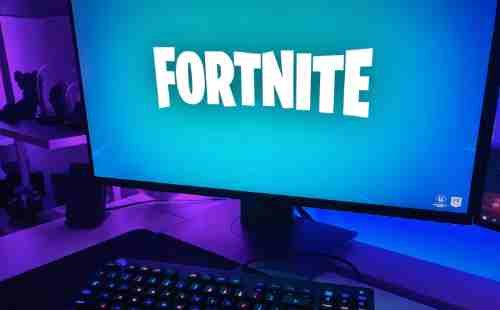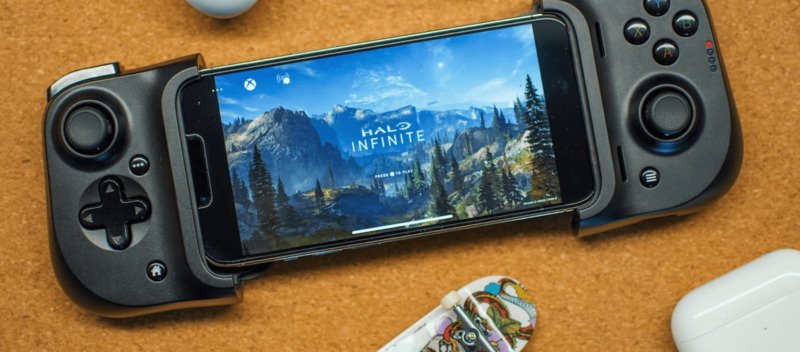The modern games industry is colossal in both scale and variety. While one may assume its core revenues derive from console gaming, with big budget titles like Elden Ring frequently catching headlines, the reality is quite different. Among the most popular gaming sectors in 2023 is that of iGaming, with online slots particularly well patronized through leading comparison platforms such as oddschecker. With their broad appeal, ease of access and wide array of styles and game-types, these titles have ensured that key developers in this sector such as NetEnt are among the industry’s rising stars. Elsewhere, the recent surge in interest surrounding esports has further cemented the prominence of free-to-play competitive hits like PUBG and Apex Legends in the public imagination.
All of this is to state that while the largest single productions in this market are still to be found in the form of triple-A console and PC titles, to focus on these alone would be to lose sight of the ferment of creativity happening at the edges. Below we’re going to take a look at the dominant trends guiding this $350 billion global industry today.
Free-to-Play (F2P)
The free-to-play model is typically considered to be an outgrowth of the freemium phenomenon that swept the smartphone gaming sector in the early 2010s. Where the two have since diverged is that many freemium games – branded with the pejorative moniker ‘play-to-win’ – often charge microtransactions to users in exchange for essential game progression.
Free-to-play games, on the other hand, tend to charge microtransactions for in-game items that confer no competitive advantages. Rather, they are more focused on giving users the option to customize their characters with new outfits, weapon skins and emotes.
It may be reasonable to question just how successful a game that offers its entire feature-set to free could possibly be, but one need only look to the fact that Fortnite made over $9 billion in microtransaction sales in its first 2 years to be disabused of the notion that this is a poor business model.

Naturally it didn’t take long for the wider industry to sit up and take notice. Among the biggest names to wade into this space in recent years is Activision Blizzard, which launched Call of Duty: Warzone back in 2020 and now has a sequel on the way. Likewise, there was surprise from more conservative quarters of the press when Halo: Infinite, the de-facto flagship title of the Xbox Series X|S, launched its multiplayer mode in the free-to-play format.
The ease of access that F2P represents is also smoothing the way for the popular spread of esports. Virtually every major esport, from League of Legends to CS:GO and Overwatch 2 now utilize this format, ensuring they can continue to grow without restriction and draw in ever more players and spectators.
Cloud Gaming
The appeal of cloud gaming is simple to understand. What if, instead of building a gaming PC, or buying a $500 console, you could simply fire up the latest games on your existing hardware, instantly? That is the promise held out by cloud gaming, and this dream of a ‘Netflix for games’ is being pursued by a host of big names, Netflix itself included.
Cloud gaming has been around in one form or another for a number of years already, with early versions of Nvidia’s GeForce Now platform having launched all the way back in 2013. But for most people, the first they would have heard of cloud gaming came with the launch of Google Stadia in 2019. Initial hype surrounding this project was considerable, as Stadia represented Google’s entry into the games industry, and not with a new console but rather a disruptive new technology in the form of cloud game streaming.
Unfortunately, despite the service succeeding in offering the lowest latencies on the market, Stadia failed to gain traction with developers, with the notable exception of Ubisoft. A lack of games ultimately doomed the platform, which closed its doors in January of 2023, becoming but the latest Google project to be unceremoniously axed.
But the dream of cloud gaming did not die with it. Amazon are actively trialing their Amazon Luna cloud gaming service as part of US Prime subscriptions, and Sony are taking their first cautious steps into the realm of game streaming with PS Now. They are both, however, in a position of playing catch-up to Microsoft and its Xbox Game Pass cloud gaming service, which has been quietly improving in beta since 2019.
Xbox Cloud Gaming, formerly known as xCloud, still has some wrinkles to iron out in its latency and performance. What it can offer though, unlike Stadia, is games. Xbox Cloud Gaming is home to over 150 titles, including classic Xbox games, brand new releases and a host of indie and PC games to boot.
With major upcoming titles like the reboot of the Forza Motorsport franchise set to enjoy a simultaneous day one launch across the Xbox and its cloud gaming wing, Microsoft is clearly throwing its weight behind the project with much greater commitment than its rivals.
This makes sense, given that the entire Xbox division is only thought to make up around 9% of Microsoft’s revenues. In light of this, pursuing a software-first solution to gaming makes more sense to the Redmond-based organization long term.
Curated Mobile Services
In response to what could be described as a saturation point for mobile gaming on both iOS and Android platforms, with literally millions of games now available, 2023 will see the growing trend towards favouring curated game services increase.
The leading example of this at present is Apple Arcade. This is a subscription service that gives gamers using the Apple ecosystem access to a curated selection of the best premium games available in the app store.
Not only does this result in a better deal for the gamer, who pays a single monthly fee over paying full price for each individual game, but it lets them make the most of the best gaming the platform has to offer.
